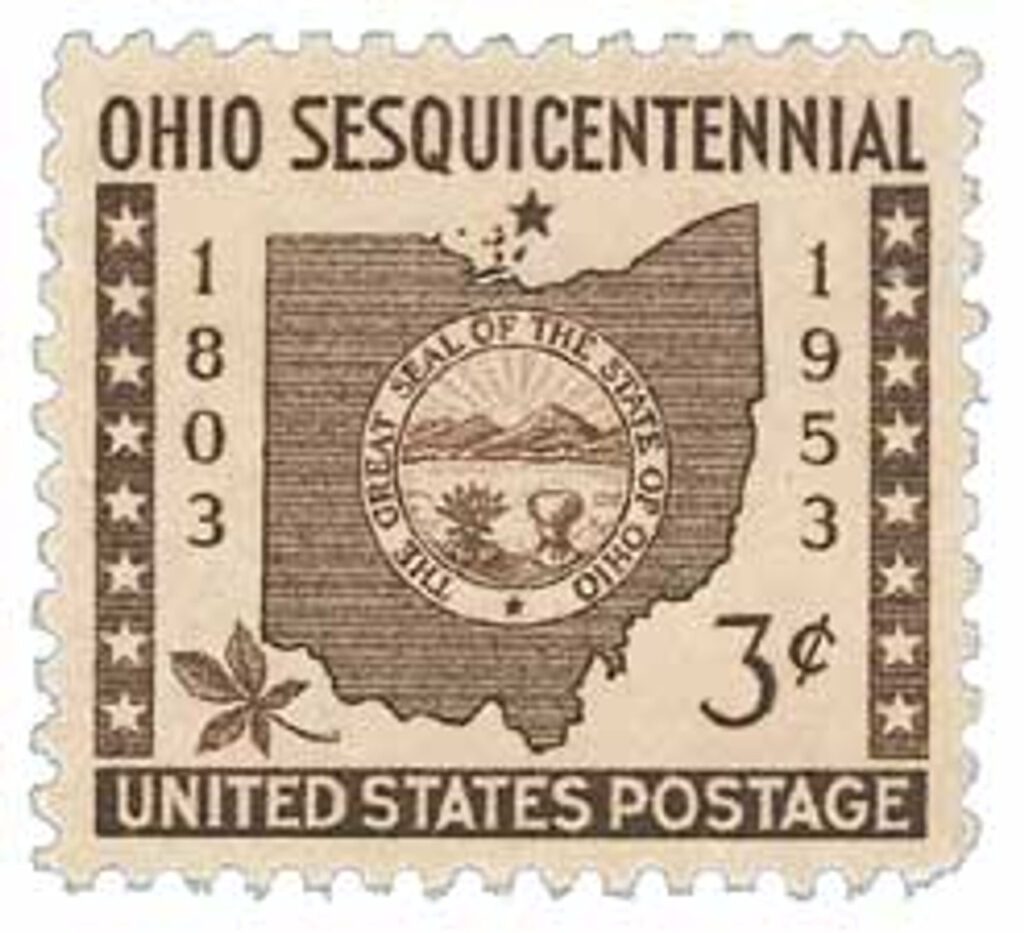
Ohio became a state on March 1, 1803, and Nebraska joined the union 64 years later on the same day.
Early American Indians known as the Mound Builders lived in Ohio thousands of years ago. When Europeans first reached this area, they found Indians from the Delaware, Miami, Shawnee, and Wyandot (also known as the Huron).
History credits France’s Rene-Robert Cavelier, titled Sieur de La Salle, as the first European to visit Ohio in 1669. In fact, France claimed the entire American Northwest, based on La Salle’s explorations. However, the British claimed all of the land west of their Atlantic colonies, which included this area. Land ownership disputes resulted in the French and Indian War, which lasted from 1754-63. The British were victorious, and France relinquished most of its land claims west of the Mississippi.
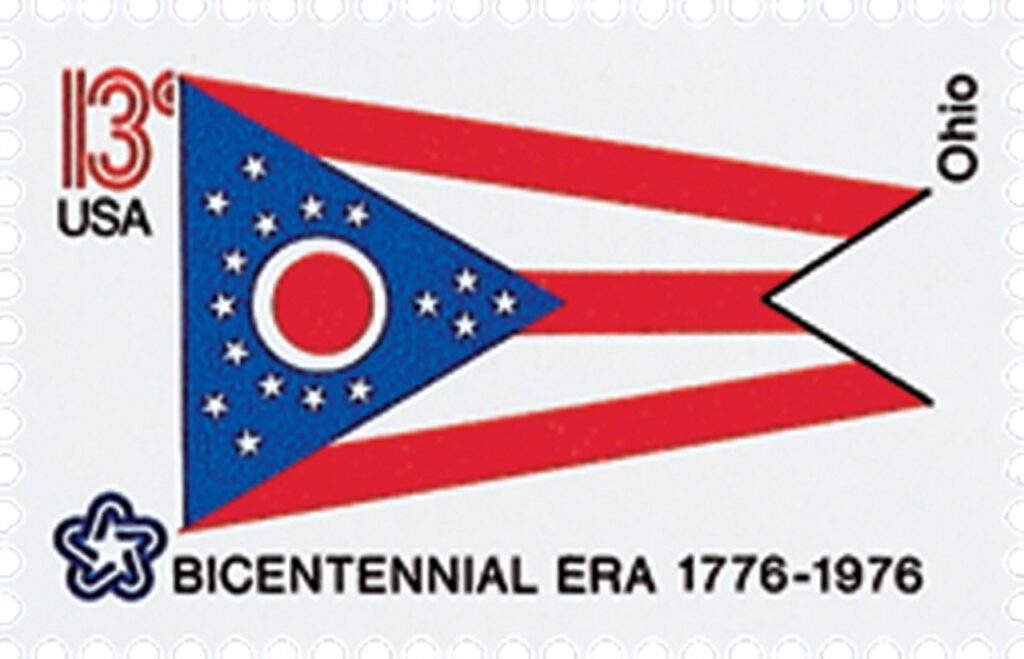
Some of the fighting of the American Revolutionary War took place in Ohio. In 1780, troops under George Rogers Clark defeated the Shawnee Indians, who were allies of the British, at the Battle of Piqua. Clark’s victories in the Northwest were instrumental in securing the territory for the U.S. during the Revolution.
Ohio became part of the Northwest Territory in 1787. That year, the Northwest Ordinance passed, which provided the foundation for granting Ohio and other territories statehood. On April 7, 1788, the Ohio Company of Associates established Marietta, the first permanent European settlement in Ohio. That July, Marietta became the first capital in the Northwest Territory. Veterans of the American Revolution were rewarded for their service with land grants. Many of these veterans began settling along the Ohio River. For several years, Indian attacks disturbed the growth and prosperity of the settlements. Then, in 1794, General Anthony Wayne defeated the Indians at the Battle of Fallen Timbers. With peace restored, even more settlers moved to the region.
In 1800, the Division Act created the Indiana Territory out of the western part of the Northwest Territory, which was given the new capital of Chillicothe. In 1802, a convention met in Chillicothe to create a constitution in preparation for statehood. On March 1, 1803, Ohio became the 17th state to join the Union. The capital city changed several times during a relatively short period. First it was Chillicothe, then Zanesville, then Chillicothe again, and then Columbus – the present-day capital.
Now let’s take a trip west and follow Nebraska’s path to statehood…
Scientists believe humans may have lived in Nebraska as long as 25,000 years ago. When the first Europeans arrived in the area during the early 1700s, they found several American Indian tribes including the Missouri, Omaha, Otoe, Ponca, Pawnee, Sioux, Arapaho, and Cheyenne.
Though both France and Spain claimed the territory that included Nebraska as early as 1541, the first Europeans to set foot there didn’t arrive until nearly 200 years later. That likely occurred in 1739, when French explorers, brothers Pierre and Paul Mallet, traveled from Illinois to Santa Fe.
In 1803, the United States bought the vast Louisiana Territory, which included Nebraska, from France. President Thomas Jefferson sent an expedition led by Meriwether Lewis and William Clark to explore the Louisiana Territory in 1804. During their journey, Lewis and Clark explored the eastern portion of Nebraska. Explorer Zebulon M. Pike reached south-central Nebraska in 1806. From 1807 to 1820, the Spanish-American trader Manuel Lisa established several fur trading posts along the Missouri River. These included Fort Lisa, located about 10 miles from the site of today’s Omaha, Nebraska.
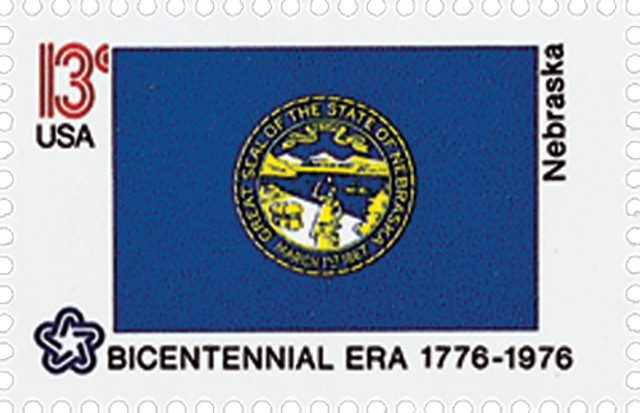
In 1819, the U.S. Army built Fort Atkinson on the Missouri River. This fort included Nebraska’s first school, library, sawmill, gristmill, and brickyard. Army Major Stephen H. Long led an expedition along the Northern Platte and Platte River valleys. Long declared the areas “unfit for farming,” calling it the “Great American Desert.”
Despite the establishment of fur trading posts, Nebraska was considered Indian land and was not available for settlement. Then, Congress passed the Kansas-Nebraska Act in 1854, creating these two territories and making them available for settlement. These territories would have been established earlier, but disagreements over slavery prevented Congress from doing so. Northerners wanted to ban slavery from new territories, while Southerners wanted to permit it. The Kansas-Nebraska Act allowed the people of the new territories to decide for themselves. The vast majority of Nebraskans were opposed to slavery.

In 1854, the Nebraska Territory included the land of the state of Nebraska and parts of Montana, North Dakota, South Dakota, Wyoming and Colorado. Then in 1862, Congress passed the first Homestead Act, which granted 160 acres of free land to western settlers. Thousands of people came to settle in Nebraska. Congress created several new territories out of this larger territory, and by 1863, Nebraska was about its current size. The Union Pacific and Burlington railroads built lines through Nebraska, and advertised its farmland to people in the East and in Europe. By 1870, Nebraska had a population of 122,993 people.
On March 1, 1867, Congress admitted Nebraska to the Union, overriding President Andrew Johnson’s veto. Republican David Butler was elected the state’s first governor. President Johnson, a democrat, had opposed Nebraska’s statehood, as he believed the republican state’s two senators would allow impeachment proceedings, which were already in progress, to convict him.
Discover what else happened on This Day in History.

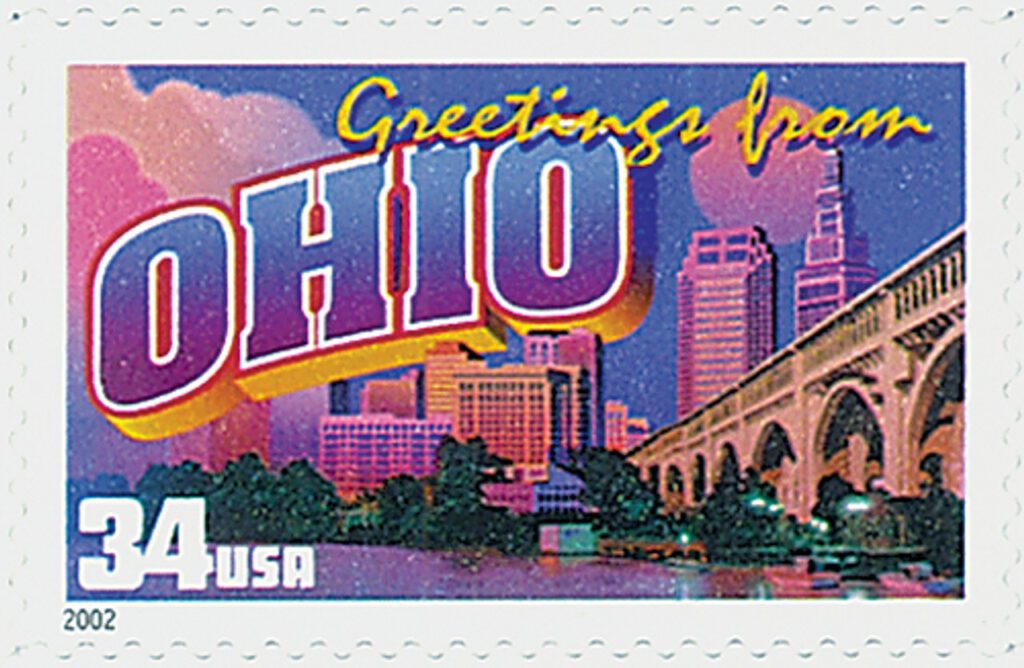
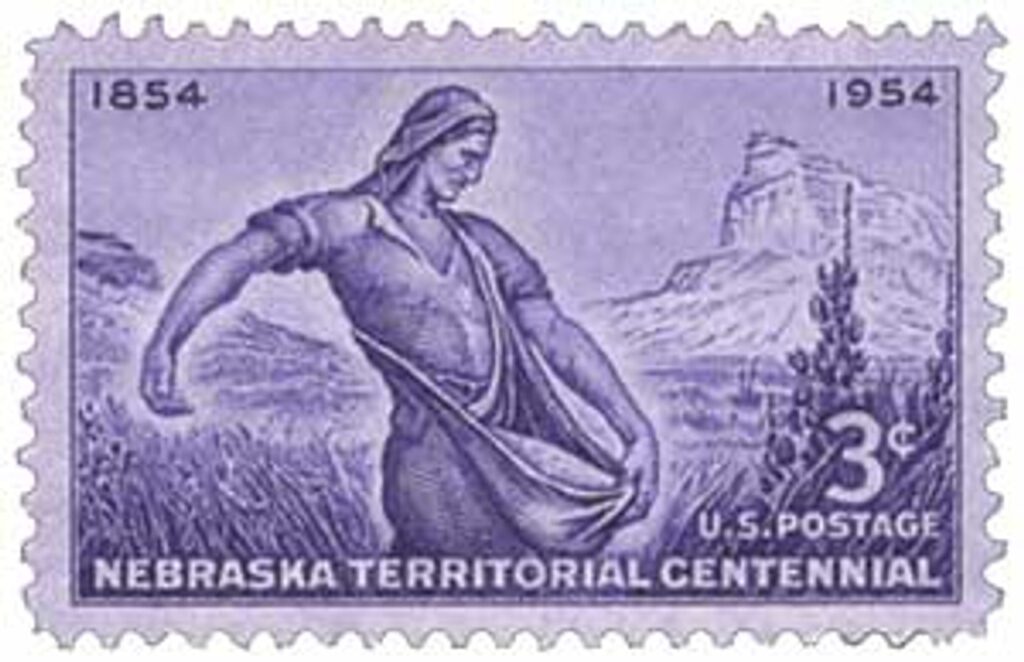
Interesting how politics delayed and almost defeated Nebraska statehood.
Thank you for a very interesting background on the history of two of our
states. Wish I had this in history class long ago.
Great article catching up of history is all ways good.
Great. As a buckeye appreciate the Ohio history. A great topical collection is the Ohio presidents.
Andrew Johnson should never have been Impeached. It was all over the
dismissal of a Cabinet Member. Cabinet Members are appointed by the
President and confirmed by the Senate BUT could always be removed by the
President without approval by the Senate. The Senate had passed the “Tenure of
Office Act” that said the President could not remove a Cabinet Member without
Senate approval (unconstitutional) and impeached Johnson for unlawfully
dismissing Edward M. Stanton, Secretary of War. The Senate passed the unconstitutional
law to prevent this from happening as President Johnson had shown that he wanted
to dismiss Stanton the previous year. The Senate fell one vote short of Conviction
and though the public generally did not like Johnson (a Southern Democrat) they viewed
his Impeachment differently and supported Johnson.
Always some “new” and surprising facts about our history. Didn’t know there were impeachment proceedings against President Johnson but not surprised. There seems to be as much political controversy in the 1800’s as there is today. Wouldn’t it be interesting to read a TRUE history of our country with actual details like we get from these stamp stories thrown in? Well done.
Bill-history is written by the victor. It s the reader’s task to sort out the truth.
I taught U.S. History and Government. I never tried to hide anything from my students nor
try to spin bad into good. I taught them a lot of our History was not what we would now call
“Good” for everyone. I did, however, tried to get them to think in terms of a person who
lived at that time, not through the eyes of a 20th or 21st person because everything was
different then. What we think of as heinous behavior now was the norm back then.
Thanks again for your continuing history lesson, one stamp at a time. Your emails should be required reading for student everywhere. History coming alive.
I know that I would greatly appreciate it you could stop making the first day covers on these day in history to be the same as when it is first seen before printing. When you go to print the first day cover it covers the writing on the right side of the page. Just a suggestion since I have made a complete History Book of all the history for my great Grand Children since you have published them since they are not taught this history in schools. Thank you for all this wonderful info since I did not learn it in school. I have always loved history of our country since I went and spent all my years serving this country,
WOW !!! What a GREAT history lesson in this essay. Thank you SO much, Mystic. Please “keep ‘um coming!”